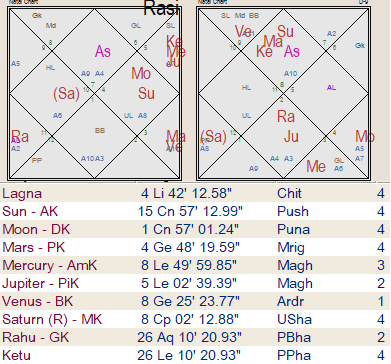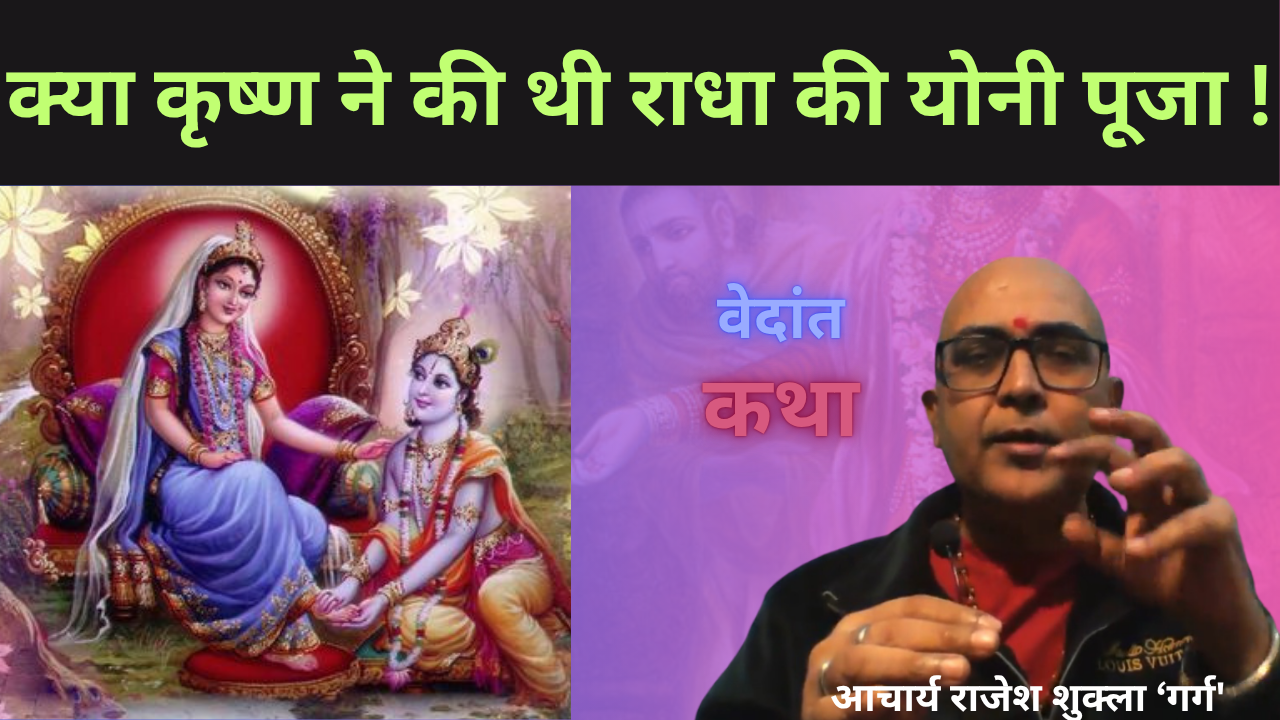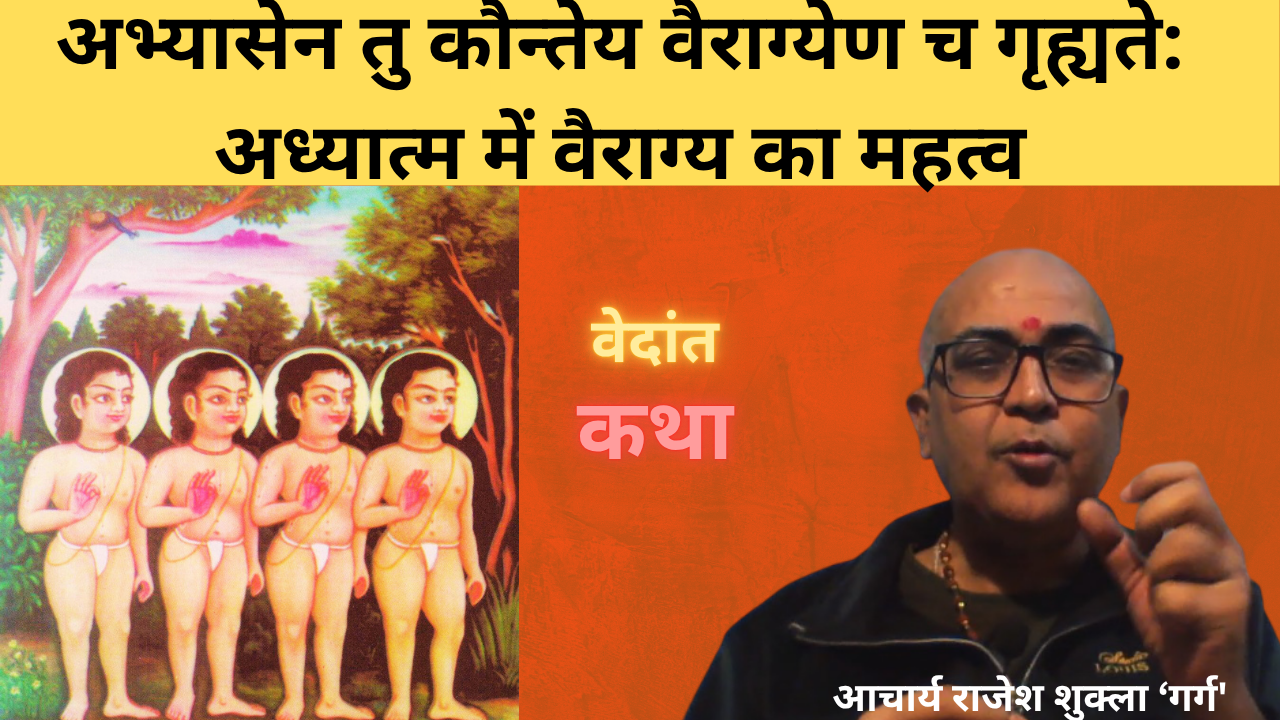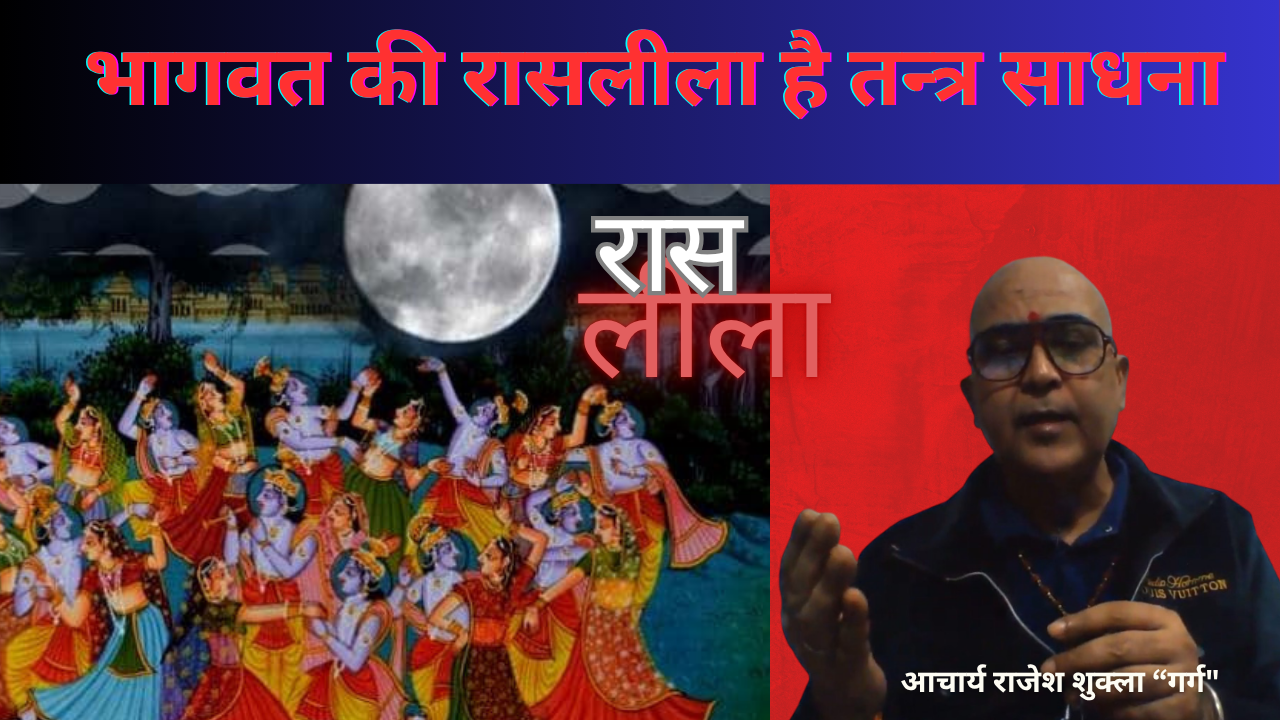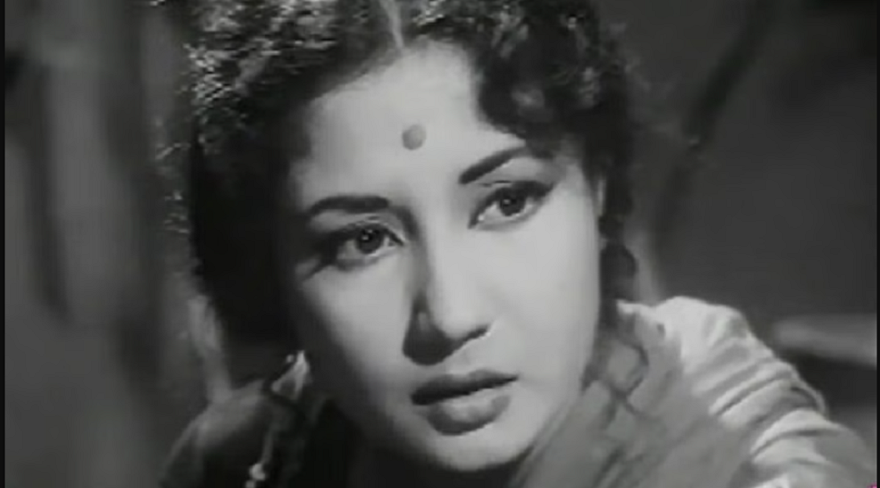
Meena Kumari (born Mahjabeen Bano; 1 August 1933 – 31 March 1972) was a legendry Indian actress and poet, who worked in Hindi films. She is known as The Tragedy Queen of bollywood. She is regarded among the finest and greatest actresses in the history of Indian cinema. In a career spanning 33 years, from child actress to adult, Kumari starred in over 90 films.
Kumari won four Filmfare Awards in the Best Actress category. She was the recipient of the inaugural Filmfare Best Actress Award for Baiju Bawra in 1954 and had a consecutive win in the second Filmfare Awards (1955) for Parineeta. Kumari made history at the 10th Filmfare Awards (1963) by receiving all three of the Best Actress nominations, and won for her performance in Sahib Bibi Aur Ghulam. In the 13th Filmfare Awards (1966), she won her last Best Actress award for Kaajal. Critics have noted that her character in Sahib Bibi Aur Ghulam is similar to her life. She also went onto appear in other successful films such as – Do Bigha Zamin (1953), Dil Apna Aur Preet Parai (1960), Aarti (1962), Main Chup Rahungi (1962), Dil Ek Mandir (1963), Phool Aur Patthar (1966) and Mere Apne (1971). See full bio at Wiki
By late 1960s, Kumari got addicted to alcohol, the effect of which was visible in her subsequent films. Kumari was also a poet and a playback singer. She sang in some of her early films as a child artist and to her poems which came out in an album, I Write, I Recite (1971). She also designed the costumes in Pakeezah. On 31 March 1972, Kumari died at the age of 38, from cirrhosis of the liver, which has been associated with her alcoholism.
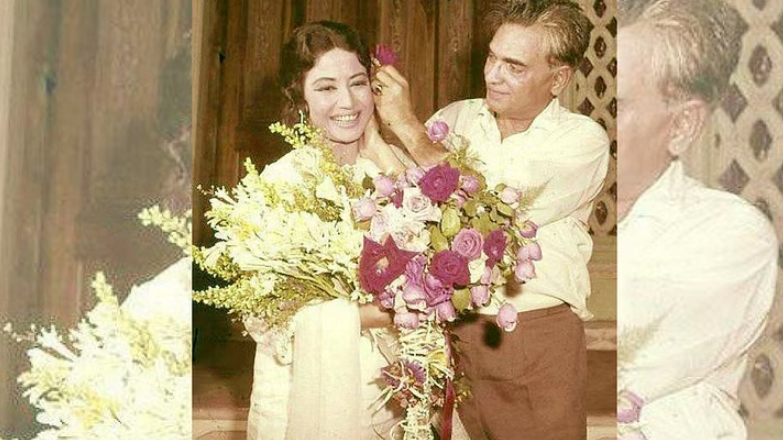
Love affair, Marriage and Separation
Kamal Amrohi met Kumari in 1938, while searching for a child actor for the film Jailor. Years later, on the sets of Tamasha, Ashok Kumar introduced him to Kumari, who later offered her a lead role in his upcoming film Anarkali. The contract was signed on 13 March 1951 but on 21 May 1951, Kumari was involved in a car accident while returning from Mahabaleshwar to Bombay. She was admitted to Sassoon Hospital in Poona for an injury to the left hand and Amrohi visited her regularly.
This hospital love affair continued for four months. The accident left Kumari with a banded left little finger for life. She covered her left hand with a dupatta or saree during shoots. The film Anarkali was eventually shelved.[8] On 14 February 1952, Kumari and Amrohi secretly married in a simple “Niqah” ceremony in the presence of a Qadi and Kumari’s younger sister, Mahliqa (Madhu). After the ceremony, the newlyweds parted. Amrohi left for Sion and Kumari and Madhu returned home. The marriage was kept secret from the family and media, although Amrohi was already married and had three children from his previous wife. After several months, the marriage was leaked and Ali Bux recommended a divorce. Kumari remained adamant on her decision, but stayed in her father’s house. Meanwhile, Amrohi planned a film called Daaera in 1953 and decided to cast Kumari, now his wife. She unsuccessfully asked for her father’s permission, then left for her husband’s residence.
Separation from husband and addiction to alcohol (1964)
After their marriage, Amrohi allowed Kumari to continue her acting career on certain conditions. She agreed, but with passing time she kept breaking them. Abrar Alvi, director of Sahib Bibi Aur Ghulam, recounts how Amrohi would have his spy and right-hand man Baqar Ali present even in the makeup room while his wife’s makeup was being done.
According to Vinod Mehta, writer of her biography, Kumari was subjected to physical abuse in her marriage. He points out that although Amrohi repeatedly denied any such allegations, he learned from six different sources that she suffered. Events shared by actress Nargis pointed to the same.[41] Such rumours found their base on the mahurat of Pinjre Ke Panchhi where Amrohi’s assistant, Baqar Ali had a violent argument with Kumari. She immediately called for Amrohi who instead insisted that she return home. An enraged Kumari went to her sister, Madhu’s home and never returned to Amrohi’s.

Kumari had chronic insomnia. Upon her physician’s advice, she started taking a small peg of brandy as a sleeping pill alternative. This prescribed peg of brandy turned into heavy drinking after her separation from her husband in 1964. After that, Kumari’s name was associated with Gulzar, Dharmendra and Sawan Kumar Tak.
Death-
In 1968, Kumari was diagnosed with cirrhosis of liver and received treatments in London and Switzerland in June 1968. Upon recovery, Kumari returned to India in September 1968 and resumed work. She temporarily recovered but was now frail. After returning from London, Kumari for the first time purchased her own home, which was on the eleventh floor of a building called “Landmark”, situated at Carter Road, Bandra.

Three weeks after the release of Pakeezah, Kumari became seriously ill. On 28 March 1972, she was admitted to St Elizabeth’s Nursing Home. She slipped into a coma two days later and died shortly afterwards on 31 March 1972. She was 38 years old.
Birth Chart of Meena Kumari-
